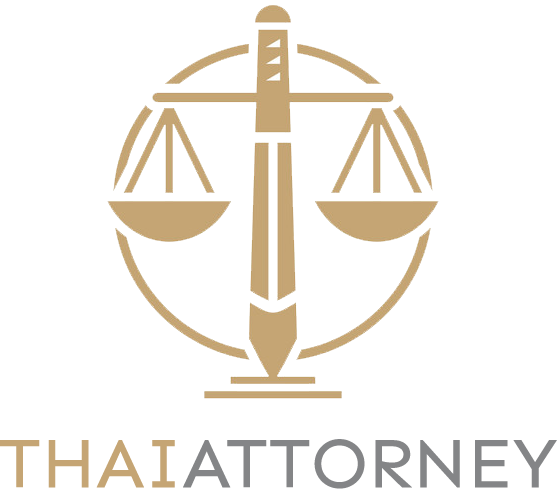

Thailand visa exemption arrangements are a cornerstone of its inbound-tourism policy. Recent reforms (notably the 2024–2025 expansion and digitalization of entry processes) make it essential for travelers and advisers to understand eligibility, permitted stays, documentary checks, extension mechanics, limits and enforcement risks. Below I explain who qualifies, how the system works in practice, operational steps at arrival and in-country, and pragmatic red flags to avoid.
A visa-exempt traveler may enter Thailand without obtaining a visa in advance and receive an immigration stamp allowing a defined stay for tourism (or other permitted short business activities). Visa-exempt entry does not confer work rights — employment requires separate permits — and immigration officers have discretion at the port of entry to refuse admission or limit a stay if doubts arise about intent. The practical implication: treat a visa-exempt entry as a short-stay permission, not a guaranteed multi-purpose right.
Key recent operational changes to know: Thailand expanded the visa-exemption length to 60 days for many nationalities in mid-2024 and progressively digitalized entry via the official e-Visa portal and the Thailand Digital Arrival Card (TDAC).
Since July 2024 Thailand extended the tourist visa-exemption stay to 60 days for a broad group of countries (a commonly published list refers to around 93 nationalities). Eligible travelers can generally apply for one discretionary in-country extension (commonly up to 30 days) at an Immigration office, which makes a potential 90-day maximum stay in a single visit in many cases. Because the list and implementation details are subject to updates, always confirm the issuing Royal Thai Embassy or the official e-Visa/Immigration guidance for your nationality before travel.
Practical note: the scope of eligibility can vary by arrival channel (air vs land border) and by bilateral agreements — for example, some ASEAN bilateral rules set different limits for crossings at land checkpoints. Check your embassy’s guidance for caveats such as land-border entry caps or annual-entry limits.
Immigration officers commonly verify a traveler's:
Passport validity — airlines and Immigration normally expect at least six months’ validity remaining.
Proof of onward/return travel — a confirmed ticket showing departure within the visa-exempt period.
Address in Thailand — hotel booking or host address (full local address recommended).
Sufficient funds — officers may request bank statements or cash evidence; the “traditional” benchmark often cited is a modest per-person amount but practice varies by post.
TDAC confirmation — where required, travelers must complete the Thailand Digital Arrival Card before arrival and present the confirmation/QR code. Thai E-Visa+1
Airlines may deny boarding if passengers lack required documents (TDAC confirmation, onward ticket or visa where needed), so prepare printed or offline copies of each item.
In-country extension: Visitors admitted under visa exemption can usually apply for an extension of up to 30 days at an Immigration office — it is discretionary, requires a passport and supporting evidence (reason for extension, funds, onward ticket), and may be refused. If you expect to stay longer, plan a consular visa or e-Visa instead.
Border/“out-and-in” behaviors: Thai Immigration monitors frequent short-term exits and immediate re-entries (visa-runs). Repeated visa-exempt entries can trigger additional questioning, refusal, or limits on the frequency of land-border crossings. Recent administrative signals show tighter scrutiny of misuse of the visa-exemption privilege.
If you need repeated or long stays, alternatives include a tourist e-Visa, a long-stay visa category (retirement, Privilege/Elite, LTR) or proper work/residence permits.
Land crossings often have additional constraints — many bilateral land agreements limit the number of visa-exempt entries per calendar year (for example, a cap of two land entries from neighboring countries for some nationalities). If entering Thailand by road or sea, check the specific border checkpoint’s rules and whether the visa exemption applies there (not all checkpoints process the same categories).
Thailand’s official e-Visa portal is now the recommended pre-travel channel for nationals who are not visa-exempt or who prefer the certainty of an approved visa before travel. The TDAC digital arrival card is the pre-arrival form replacing old paper arrival cards; many travelers must complete it within a 72-hour window before arrival. Use only the official e-Visa (thaievisa.go.th) and TDAC portals to avoid scams and data problems.
Operational tip: save the TDAC confirmation and e-Visa approval as PDFs/screenshots — airport Wi-Fi can be patchy and officers may ask to see proof at check-in.
Assuming visa exemption equals legal work rights. Tourism permission ≠ employment. Do not accept paid work until you have a proper work permit.
Arriving without proof of onward travel or funds. Airlines and Immigration may deny boarding or entry. Carry printed evidence.
Relying on third-party “ETA” or e-Visa sites. Use only the official thaievisa.go.th portal and official embassy pages.
Underestimating land-border rules. If crossing by land, confirm checkpoint rules and any annual entry caps before departure.
Refused entry: ask for the reason on record, contact your embassy and arrange return travel. Keep copies of refusal documentation — it helps challenge unjust refusals later.
Overstay: if you overstay, regularize the situation as soon as possible via Immigration (apply for voluntary departure or pay the fine). Long overstays attract fines and potential bans; seek legal advice for complex cases.
Confirm whether your nationality is on the current visa-exempt list with the Royal Thai Embassy or the official MFA lists.
If visa-exempt: book onward/return travel within allowed stay, complete TDAC within the specified window, and save confirmations.
Bring printed copies of hotel bookings and recent bank statement; have passport with adequate validity.
If you plan to stay >60 days, either apply for a consular tourist e-Visa before travel or prepare to apply early for the discretionary 30-day in-country extension — don’t wait until the last day.
For land crossings, verify checkpoint-specific rules and any calendar-year limits on visa-exempt entries.
